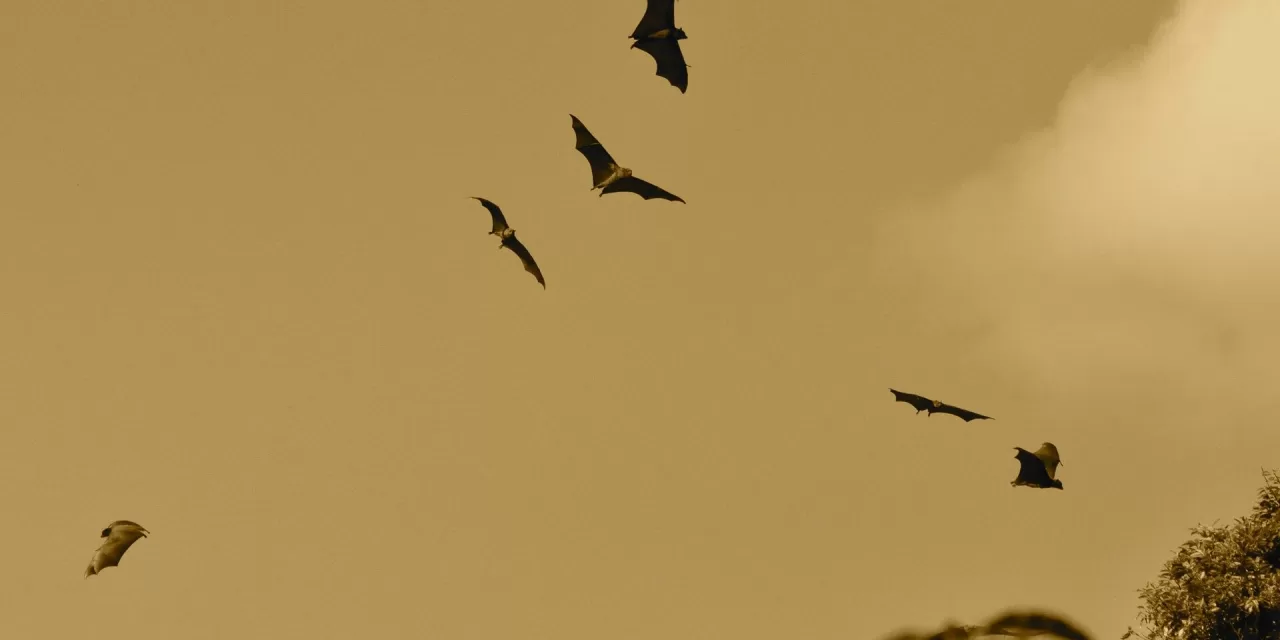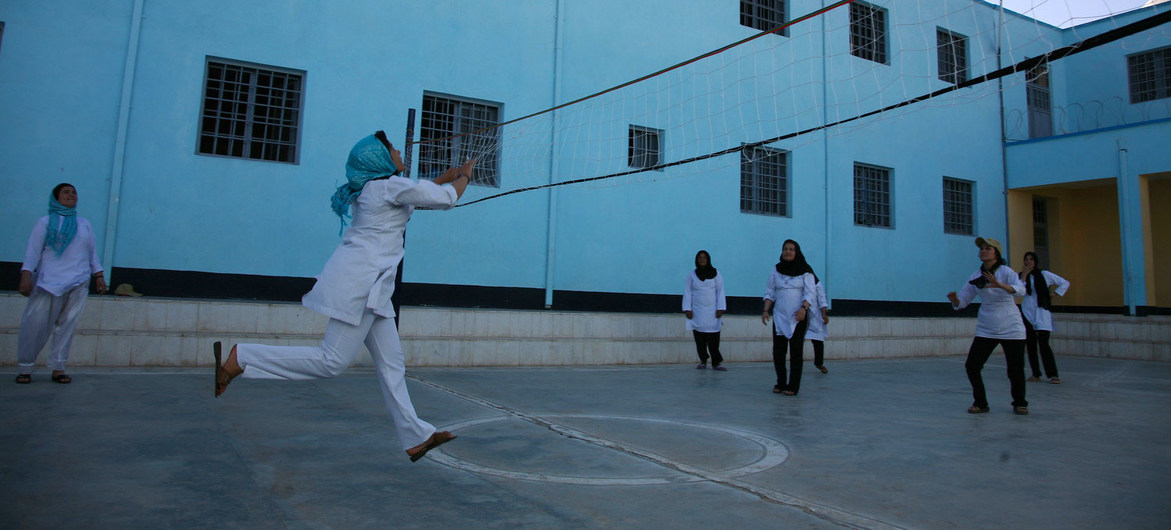Bats are essential contributors to ecosystems worldwide, acting as significant predators of night-flying insects, including agricultural pests that cost farmers billions of dollars each year. Despite their ecological importance, bats also pose the most significant rabies threat in the U.S., according to the Centers for Disease Control and Prevention (CDC).
While the majority of bats are not rabid, the possibility of exposure to rabies remains a concern. Rabies can only be definitively diagnosed through laboratory testing, which makes any potential contact with a bat, no matter how minor, a cause for concern.
Rabies, a deadly virus transmitted from the saliva of infected animals to humans, usually spreads through bites. However, bats can also transmit the virus without biting, which increases the potential for unnoticed exposure.
“Sometimes the saliva will drool onto you, and you could have a minor open cut,” explains Dr. Gregory Poland, director of the Mayo Clinic Vaccine Research Group. “Or sometimes a bat will lick on the skin and, again, transmit the virus that way.”
One of the most dangerous scenarios is finding a bat in the house, particularly if someone has been sleeping. “People think: ‘Well, the bat’s in the house. We woke up with it, doesn’t look like it bit anybody.’ It doesn’t matter,” says Dr. Poland. “Rabies is such a severe disease with no cure, no treatment for it, that the safer thing to do is give the rabies vaccine.”
If a bat is found in the house, even without any visible bite marks, individuals should seek medical attention. Dr. Poland emphasizes the importance of the rabies vaccine, which includes immune globulin and a multidose rabies series. This precaution must be taken before symptoms develop, as rabies is fatal once they appear.
The shift in understanding rabies transmission in the U.S. highlights the increased risk posed by bats, particularly the silver-haired bat. “It used to be thought, well, it’s a rabid dog. But the more common way of getting rabies is from the silver-haired bat,” notes Dr. Poland.
In conclusion, while bats are invaluable to ecosystems, the risk of rabies from bats in the U.S. requires vigilance. Any suspected exposure, such as waking up with a bat in the room, should prompt immediate medical evaluation and vaccination to prevent the deadly virus from taking hold.












